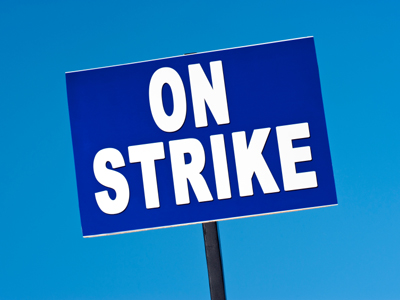
Britain: British Society 1951-1979 - Employment And Labour Relations
As part of GCSE History students will look at British society at different times including the period from 1951 to 1979. One aspect that they will study is employment and labour relations at the time.
The world of employment and industrial relations was a volatile one between 1951 and 1979. Britain was heavily unionised during the period, and trade unions accordingly wielded considerable power. By the 1960s, however, relations between unions and governments deteriorated - even between the unions and their traditional allies, the Labour party. When a new Tory administration emerged in 1979, this tension was likely to come to a head.
Find out more about employment and labour relations in Britain between 1951 and 1979 by playing this quiz.
Ready for more?
not all...
quizzers. Try to win a coveted spot on our Hall of Fame Page.







